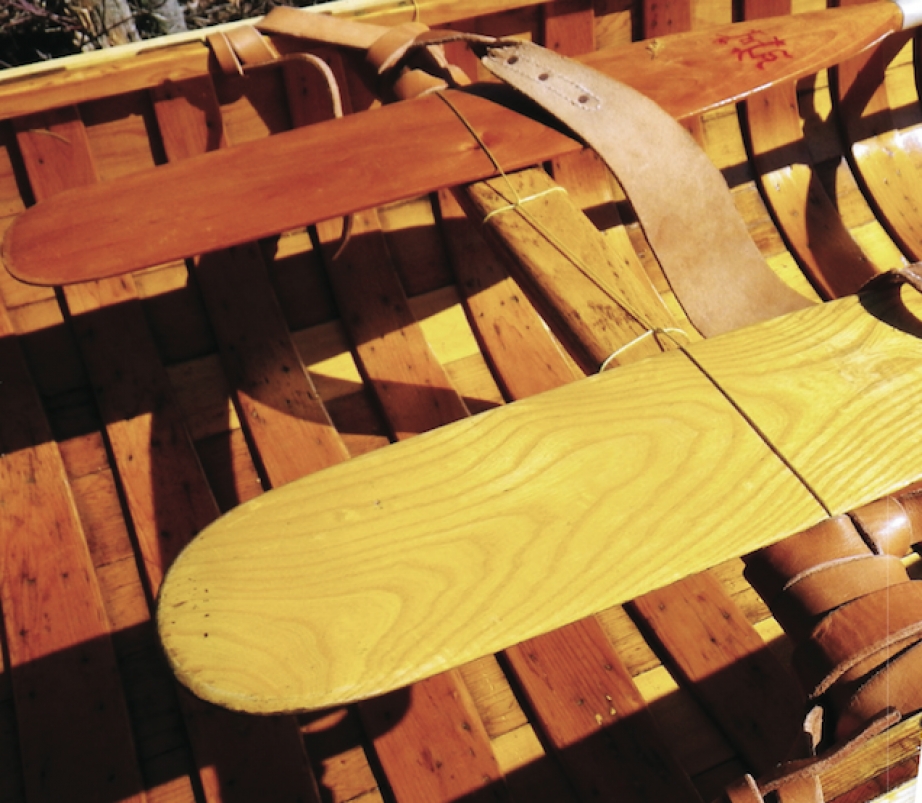Seventeen feet of old-school canvas and cedar makes you think differently about portages. I’ve carried relatively lightweight kevlar and Royalex canoes for hundreds of kilometers, but my big green prospector is different. It weighs an honest 82 pounds bone-dry and considerably more after a few days of travel.
Luckily, the legion of trippers who’ve lugged such waterlogged beasts in Temagami and the North Woods of Maine have come up with a clever way to bear the weight—one that’s equally effective on lighter contemporary canoes.
Maybe you’ve discovered the advantages of the tumpline on your favorite portage pack—the way it transfers weight from shoulders to spine and enables you to move massive loads. Rigged on the center thwart or carrying yoke of a canoe, the tumpline has similar advantages: a properly adjusted tump positioned just above your forehead actually lifts the canoe off of your shoulders and eliminates the pressure points of portaging. When your head and neck become fatigued, slipping out of the tump moves the weight back onto your shoulders, providing some respite on long carries.
Traditional outfitters sell leather tumplines that are designed for carrying canoes.
Look for one with a two-inch-wide head strap measuring about 15 inches long that’s securely riveted to five- to seven- foot tails. It’s also possible to build your own with leather, canvas or nylon webbing.
On canoes with carrying yokes, wrap the tails of the tumpline on either side of the contoured portion of the yoke and secure them with a simple hitch near the gunwales. The tumpline will only work if it fits tight; for me, this means fastening it to the yoke as close to the headpiece as possible.
It’s easy to use your paddles to create a carrying yoke on canoes equipped with straight center thwarts. Tie a thin cord permanently to the thwart with spaces for the paddle blades and enough room for your head in between. The blades should be aligned with your shoulders. Loosely secure the grip ends of the paddles on a seat or thwart. Then attach the tumpline, wrapping the tails so that the paddles can slide in and out of position without the need to remove the tump.
Once you’ve lifted the canoe (unfortunately a tumpline won’t help you there), slip the tump over the crown of your head and feel the weight of the canoe levitate from your shoulders. It helps to hold the tump near your jaw with one hand; use your other hand to keep the canoe resting level.

This article first appeared in the Spring 2012 issue of Canoeroots Magazine.



